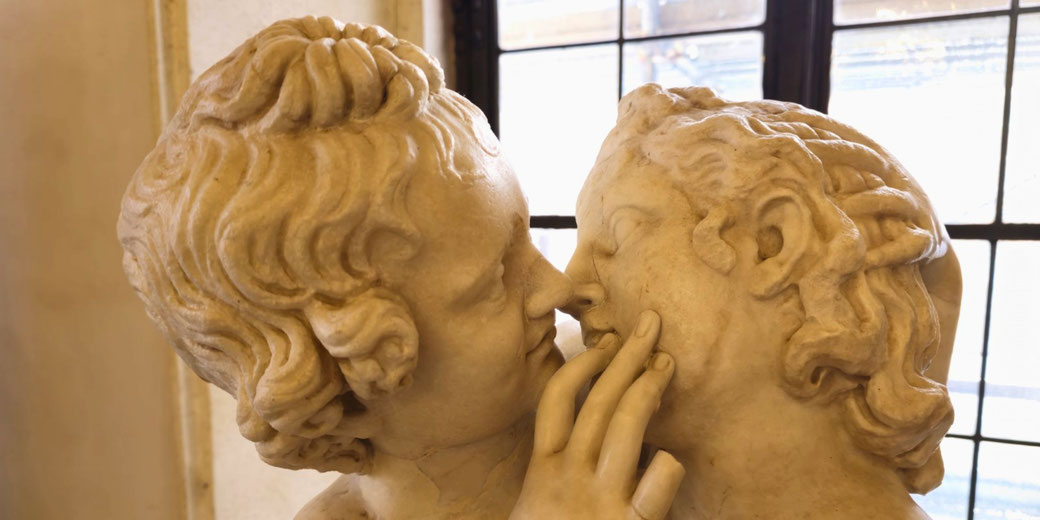Why was kissing banned in England 1439?

The year 1439 in England marked the introduction of a ban as curious as it was controversial: the prohibition of kissing.
This seemingly whimsical decree sparked a range of reactions, from clandestine romances to public uproar.
But what prompted the powers of the time to outlaw such an expression of affection?
And how did the public respond to this intimate interdiction?
The historical context around the ban
The 1430s were a troubled period for England, marked by the ongoing Hundred Years' War with France, which had been raging intermittently since 1337.
The war had seen significant English victories, but by the 1430s the nation was grappling with the loss of territories and the strain on resources.
The political situation was filled with tension, as the monarchy, under the reign of the young King Henry VI, faced difficulties both at home and abroad.
The Church strongly influenced societal norms and behaviors during this era.
The ecclesiastical authorities were keen on maintaining proper order and implemented regulations pertaining to personal conduct.
The ban on kissing can be seen as an extension of the Church’s influence and shows concerns over both public health and morality.

Reasons for the ban
One of the most pressing issues of the time was the persistent threat of the Black Death, a devastating plague that had intermittently ravaged Europe since its first outbreak in 1347.
The fear of contagion was ever-present, and authorities were desperate to implement measures that could curb the spread of the disease.
The ban on kissing, a seemingly intimate and innocuous act, was seen as a preventive strategy to halt the transmission of the plague, as it was believed that such close contact could facilitate the spread of the deadly bacteria.
Beyond the immediate health concerns, church authorities were keen on maintaining a moral order within society.
Kissing, especially in public, was perceived as an act that could breach the boundaries of decency and propriety.
The prohibition was, in part, an attempt to uphold a certain moral standard and to curb behaviors deemed inappropriate or lascivious.
The kissing ban served as a tool for reinforcing both religious and royal authority and regulating public behavior, demonstrating the extent to which the ruling powers could intervene in the private lives of individuals.
How was it enforced?
Legal provisions were reportedly drafted to outline the specifics of the ban, detailing the circumstances under which kissing was prohibited and the consequences for those found in violation.
Although no formal statute or royal proclamation survives from the time, it is believed penalties ranged from fines to public shaming, designed to deter individuals from engaging in the forbidden act and to reinforce the seriousness of the decree.
Local authorities and church officials were responsible for monitoring public behavior and punishing transgressors.
Some members of society accepted the prohibition as a necessary measure to curb the spread of disease and maintain moral order.
Others, however, viewed the ban as an infringement on personal freedoms and an overreach of authority.
Acts of defiance and secret kissing became expressions of resistance, as individuals sought to navigate the boundaries between compliance and rebellion.
In reality, the ban was almost impossible to enforce consistently. The authorities could not be everywhere at once.
As a result, few people were punished for non-compliance, and after a while, the law was no longer enforced.
What do you need help with?
Download ready-to-use digital learning resources
Copyright © History Skills 2014-2025.
Contact via email
With the exception of links to external sites, some historical sources and extracts from specific publications, all content on this website is copyrighted by History Skills. This content may not be copied, republished or redistributed without written permission from the website creator. Please use the Contact page to obtain relevant permission.





